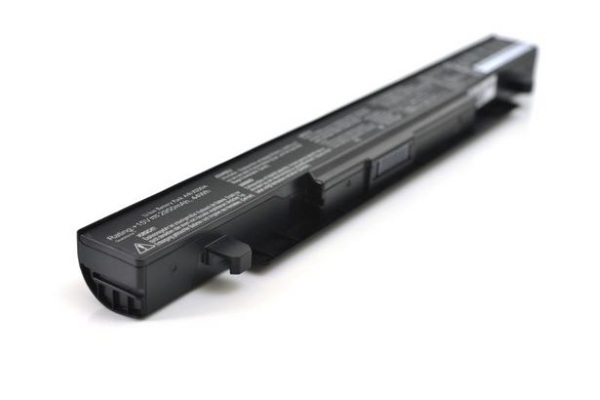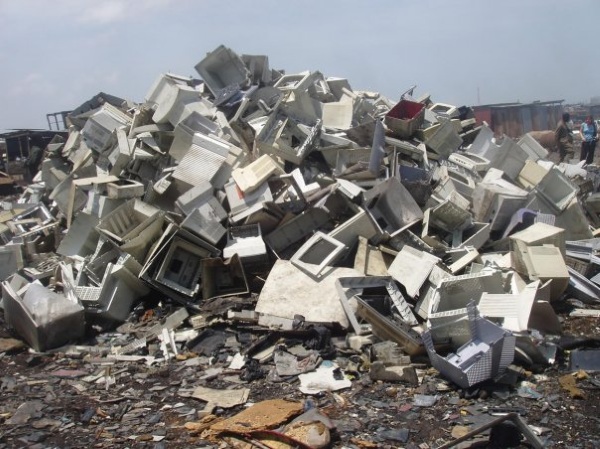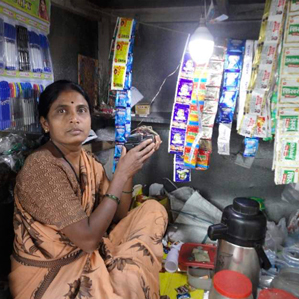According to a study done by IBM's India-based research team, thrown away laptop batteries still have enough juice in them to power homes in slums.

The group analyzed a sampling of discarded batteries and found that 70% had enough power to keep an LED light on more than four hours a day for a full year.
The researchers who conducted the study added that using discarded batteries is cheaper than existing power options like solar energy. It also helps the world deal with its growing e-waste problem: 142,000 computers are thrown away in the US daily — around 50 million a year — according to the study.
“The most costly component in these systems is often the battery,” says Vikas Chandan, a research scientist at the lab’s Smarter Energy Group, who led the project. “In this case, the most expensive part of your storage solution is coming from trash.”
The concept was trialed in the Indian city of Bangalore. The country was chosen because it is home to a considerable amount of e-waste, as it both receives electronic rubbish, and also produces a lot, too, what with its booming IT industry. One estimate reports the country produces 32 tons of it a day.

The adapted power packs, referred to as UrJars, are expected to be particularly popular with street vendors, most of whom are not on the electric grid, as well as poor families living in slums.
The packs are made up lithium-ion cells from the old batteries that are coupled with charging dongles as well as circuitry to prevent overheating; the finished product can then be used to power low-energy DC devices like lights.


Should the UrJars be produced in large volume, the researchers estimate that it would cost locals 600 rupees to purchase (a little under $10 USD) what is essentially a year’s worth of power. They concluded: “UrJar has the potential to channel e-waste towards the alleviation of energy poverty, thus simultaneously providing a sustainable solution for both problems.”
Feedback three months into the trial has been mostly positive. Among the improvements suggested: rat-resistant wires and brighter bulbs.
For those interested in learning more, the study is available for download.
Via BBC, TechnologyReview
Advertisement
Learn more about Electronic Products Magazine





